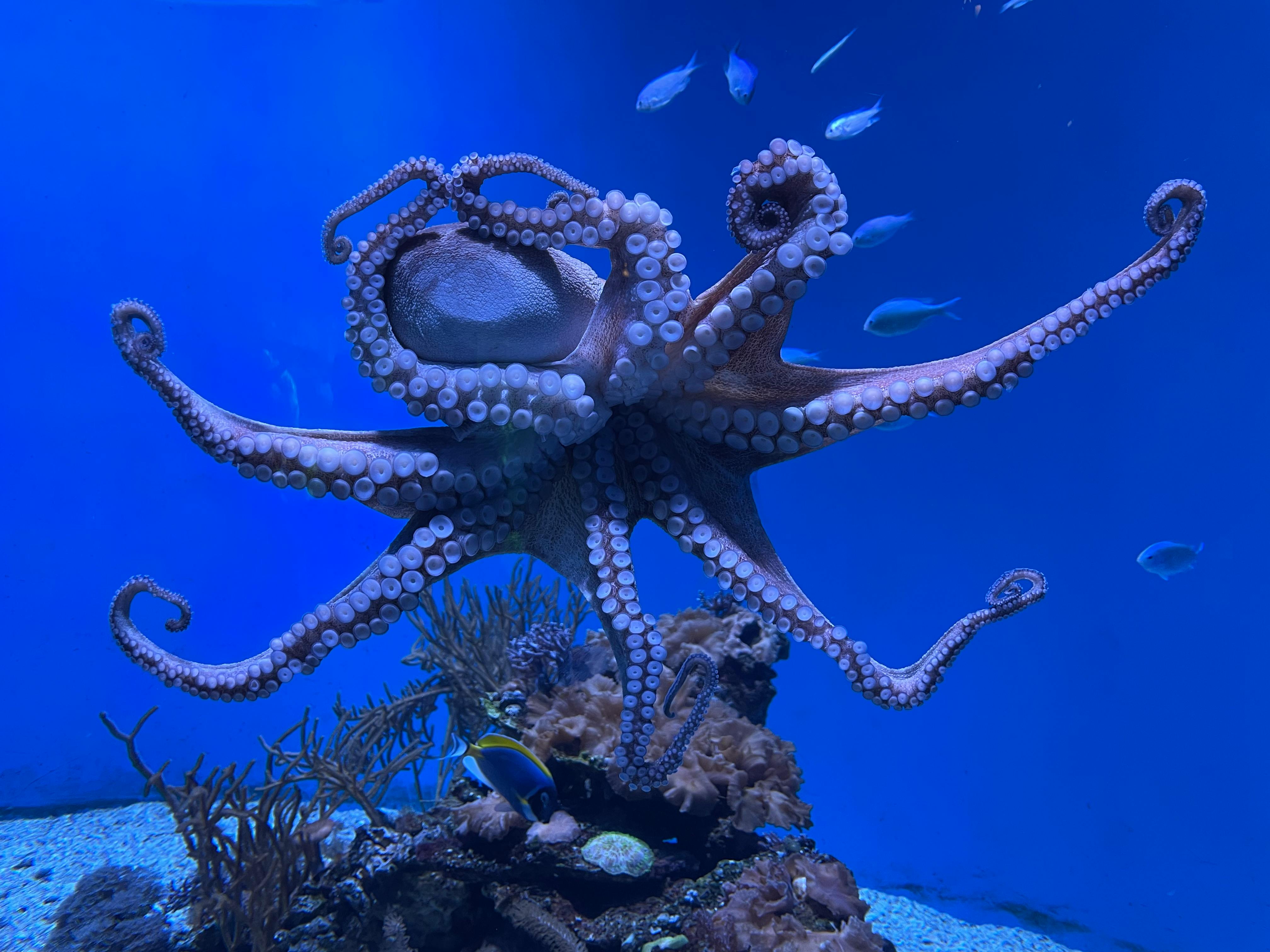Decoding the Enigmatic Behavior of Cuttlefish
The underwater world is teeming with fascinating creatures, but few can match the intrigue and complexity of the cuttlefish. These enigmatic cephalopods have captivated marine biologists and aquarium enthusiasts alike with their remarkable abilities and mysterious behaviors. From their unparalleled camouflage skills to their surprising intelligence, cuttlefish continue to challenge our understanding of marine life and cognition.

Masters of Disguise: Unraveling Cuttlefish Camouflage
Cuttlefish are renowned for their extraordinary ability to change color and texture, allowing them to blend seamlessly into their surroundings. This remarkable feat is achieved through specialized cells called chromatophores, which contain pigments that can be expanded or contracted to create different patterns and hues. Recent studies have shown that cuttlefish can even mimic the texture of their environment, creating 3D-like protrusions on their skin to match rocky or coral-rich habitats.
What’s truly astounding is the speed and precision with which cuttlefish can alter their appearance. In mere milliseconds, they can transform from a mottled brown to match a sandy seafloor to a vivid display of bright colors and patterns. This rapid camouflage not only serves as a defense mechanism against predators but also plays a crucial role in communication and mating rituals.
Cognitive Capabilities: The Surprising Intelligence of Cuttlefish
Beyond their camouflage prowess, cuttlefish have demonstrated remarkable cognitive abilities that challenge our perceptions of invertebrate intelligence. Recent research has shown that cuttlefish possess a level of self-control comparable to that of some vertebrates, including primates. In delayed gratification tests, cuttlefish were able to resist the temptation of an immediate small reward in favor of a larger, delayed reward – a behavior previously thought to be limited to more advanced species.
Furthermore, cuttlefish have exhibited problem-solving skills and the capacity for observational learning. They can navigate complex mazes, learn from watching their peers, and even use tools to some extent. These findings have led scientists to reconsider the cognitive potential of cephalopods and other invertebrates, opening up new avenues for research in animal intelligence and brain evolution.
The Cuttlefish’s Arsenal: Unique Anatomical Adaptations
Cuttlefish possess a range of fascinating anatomical features that contribute to their success as predators and their ability to evade threats. One of the most distinctive is the cuttlebone, a unique internal shell that allows the cuttlefish to control its buoyancy with remarkable precision. By adjusting the gas-to-liquid ratio within the cuttlebone’s chambers, these cephalopods can hover effortlessly at any depth, making them highly efficient hunters.
Another intriguing adaptation is their W-shaped pupils, which give cuttlefish exceptional visual acuity and depth perception. This unusual eye structure allows them to detect polarized light, providing an additional layer of information about their environment and potential prey. Combined with their ability to independently move and focus each eye, cuttlefish possess one of the most sophisticated visual systems in the animal kingdom.
Cuttlefish in Captivity: Challenges and Opportunities
As interest in cuttlefish grows, both in scientific circles and among aquarium enthusiasts, there’s an increasing focus on maintaining these complex creatures in captivity. However, keeping cuttlefish presents unique challenges due to their specific environmental needs and dietary requirements. Specialized tank setups, carefully controlled water parameters, and a varied diet of live prey are essential for their well-being.
Despite these challenges, successful cuttlefish husbandry offers valuable opportunities for research and conservation. Captive breeding programs have made significant strides in recent years, contributing to our understanding of cuttlefish life cycles and behavior while potentially reducing pressure on wild populations. For private aquarists, the price of acquiring and maintaining cuttlefish can be considerable, with estimates ranging from $50 to $200 per animal, not including the substantial cost of specialized equipment and ongoing care.
Conservation Concerns: Protecting Cuttlefish in the Wild
While cuttlefish are not currently considered endangered, they face increasing threats from overfishing, habitat destruction, and climate change. Many species of cuttlefish are caught both intentionally for food and as bycatch in commercial fishing operations. The growing demand for cuttlebone as a calcium supplement for pet birds has also put pressure on some populations.
Conservation efforts are underway to better understand and protect cuttlefish populations worldwide. These include initiatives to establish marine protected areas, implement sustainable fishing practices, and conduct long-term population studies. By raising awareness about the ecological importance and fascinating nature of cuttlefish, researchers and conservationists hope to inspire greater public support for their protection.
As we continue to unravel the mysteries of cuttlefish behavior and cognition, it’s clear that these remarkable creatures have much to teach us about the complexity and diversity of marine life. From their mesmerizing camouflage abilities to their surprising intelligence, cuttlefish challenge our understanding of invertebrate capabilities and remind us of the wonders that still await discovery beneath the waves.





